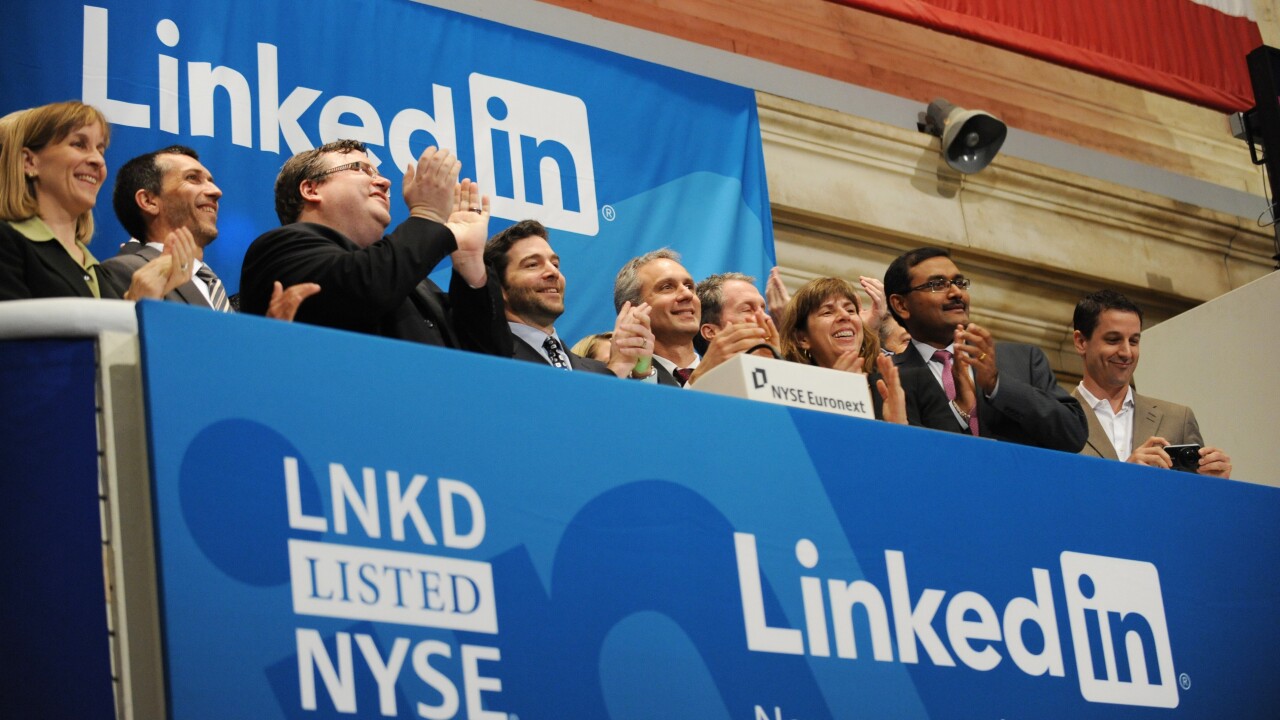
Yesterday, despite beating street estimates for its first quarter financial performance, LinkedIn suffered heavily in after-hours trading. Those losses were realized again once regular trading began, with the company falling 12.93 percent by the end of the day.
What caused the drop in its share price if the company bested expectations? As TNW reported yesterday:
[F]orecasted second quarter earnings are not what the street had expected. Investors had anticipated revenues of around $360 million for the second quarter. LinkedIn forecasts that it will have top line of $342 to $347 million
LinkedIn currently enjoys a tower price-earnings ratio. That implies that investors expect it to grow quickly. Any indication that its growth is slowing – such as the above lower-than-expected forecasts – undercut the logic behind its price-earnings ratio, and thus its share price.
And if investors decide that your company is too richly valued, they sell.
LinkedIn learned that lesson yesterday, as investors cut roughly $2.8 billion from its market cap. If you are interested in the math, enjoy:
- Closing price, yesterday: $201.67.
- Shares of LinkedIn: 109.05 million
- Total value before earnings report: $21,992,113,500
- Closing price, today: $175.59
- Shares of LinkedIn: 109.05 million
- Total value after earnings report and day’s trading: $19,148,089,500
- Difference: $2,844,024,000
That’s a stiff cost. However, investors have hardly lost hope. The company’s price-earnings ratio has fallen below the 1,000 mark. Apple, by contrast – and again using Google Finance data – has a price-earnings ratio of 10.74.
Top Image Credit: STAN HONDA/AFP/Getty Images
Get the TNW newsletter
Get the most important tech news in your inbox each week.




